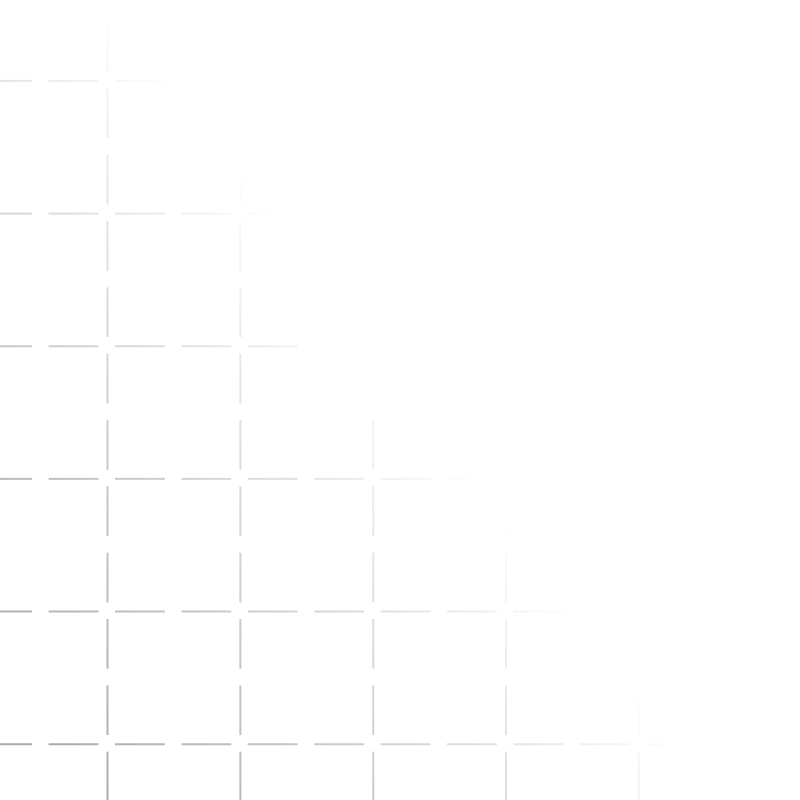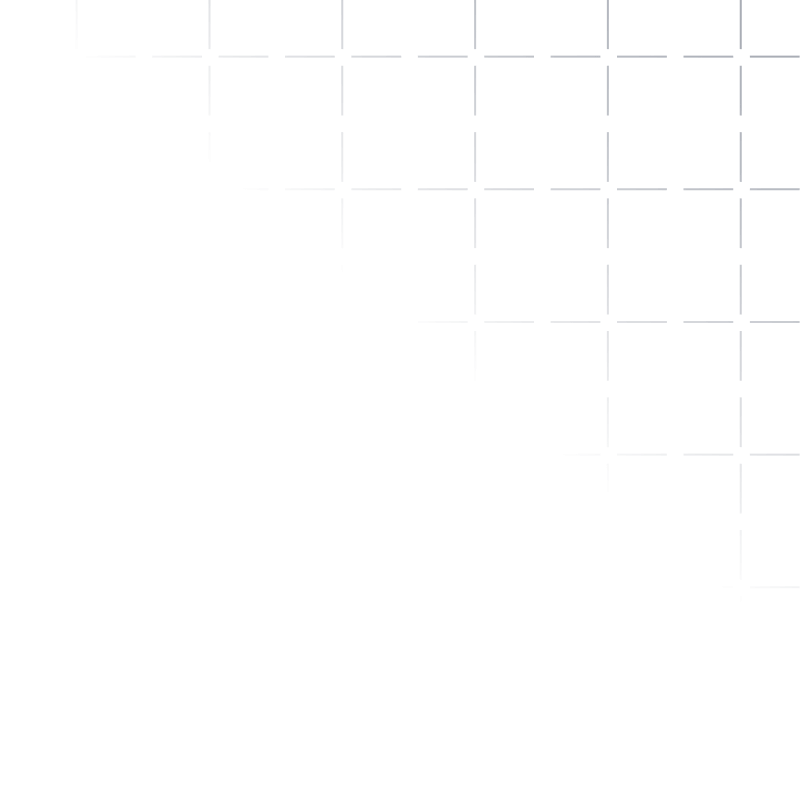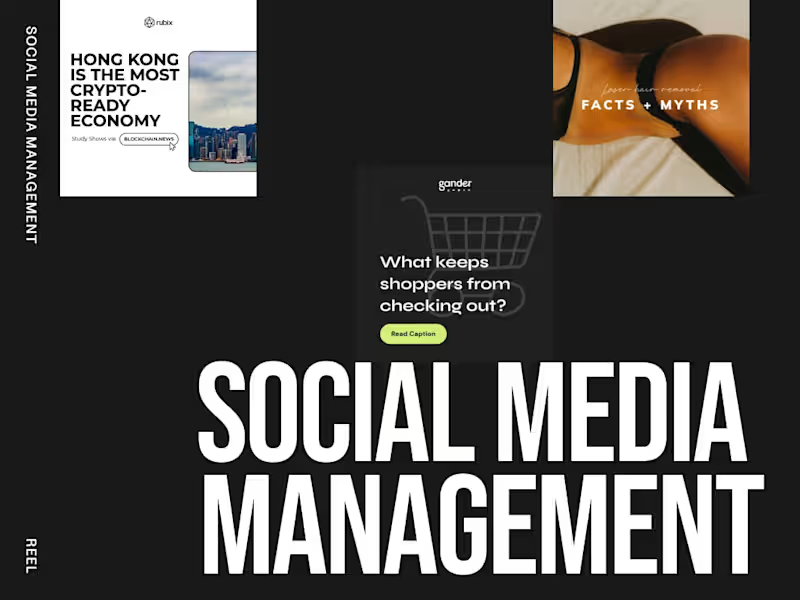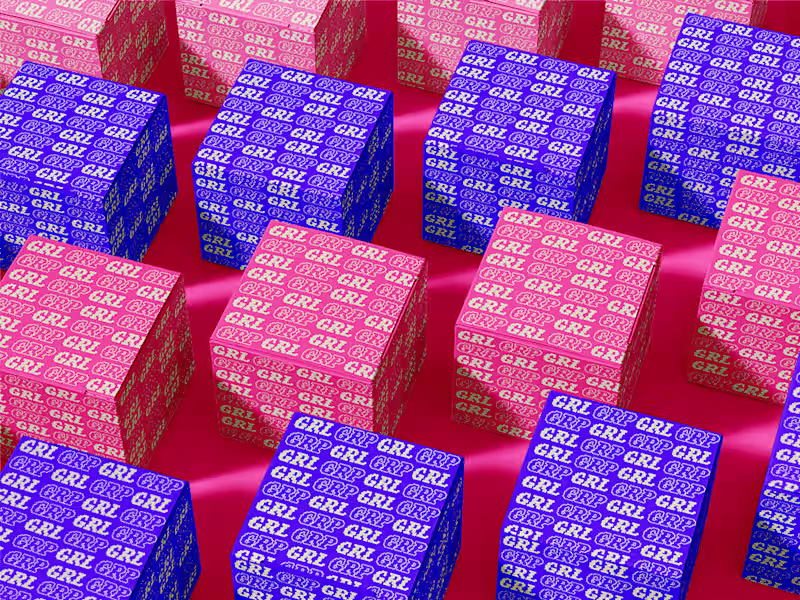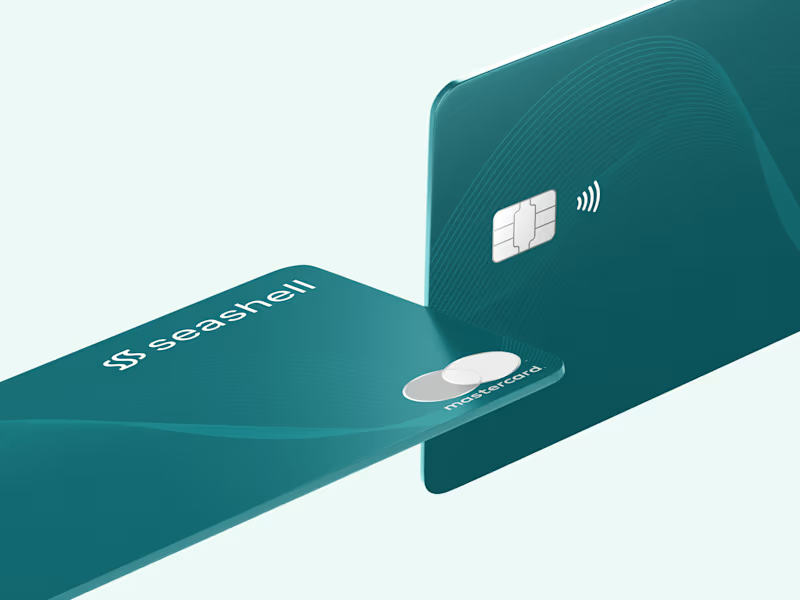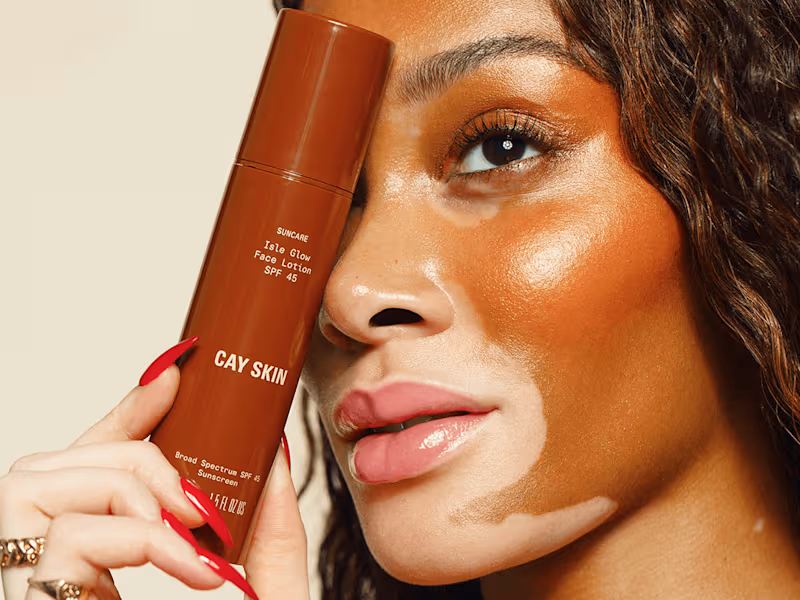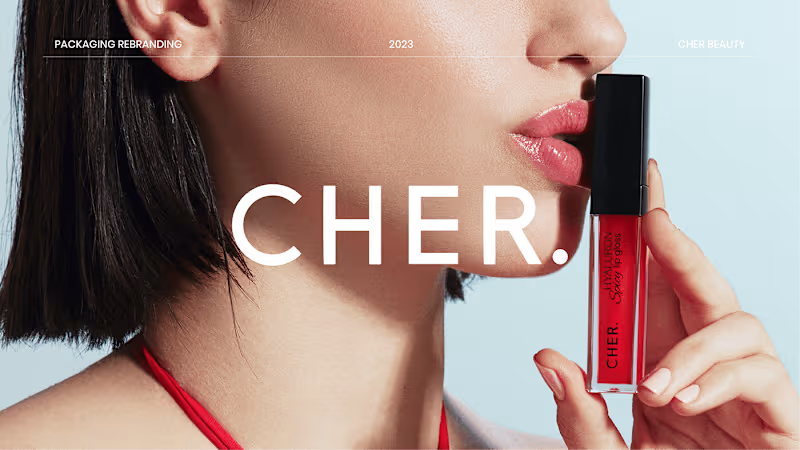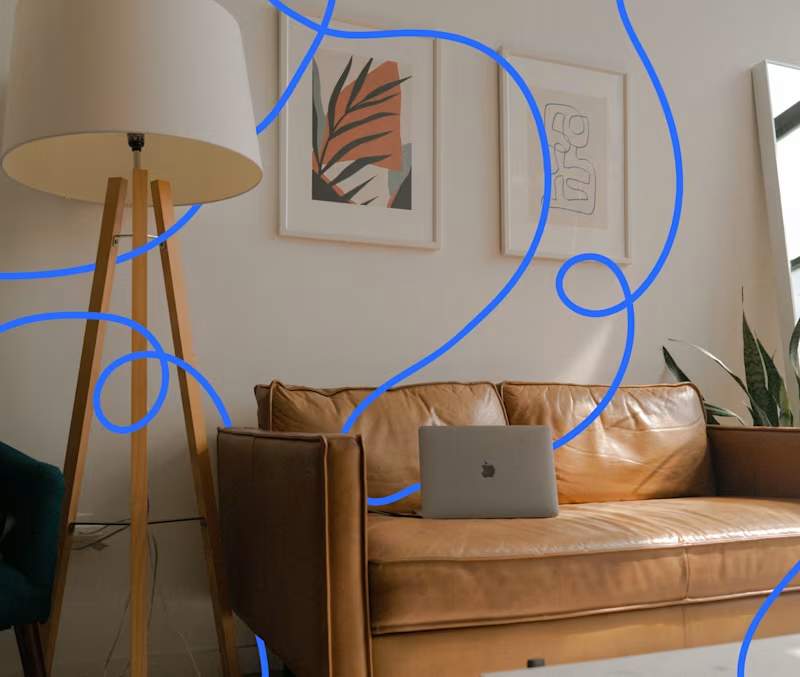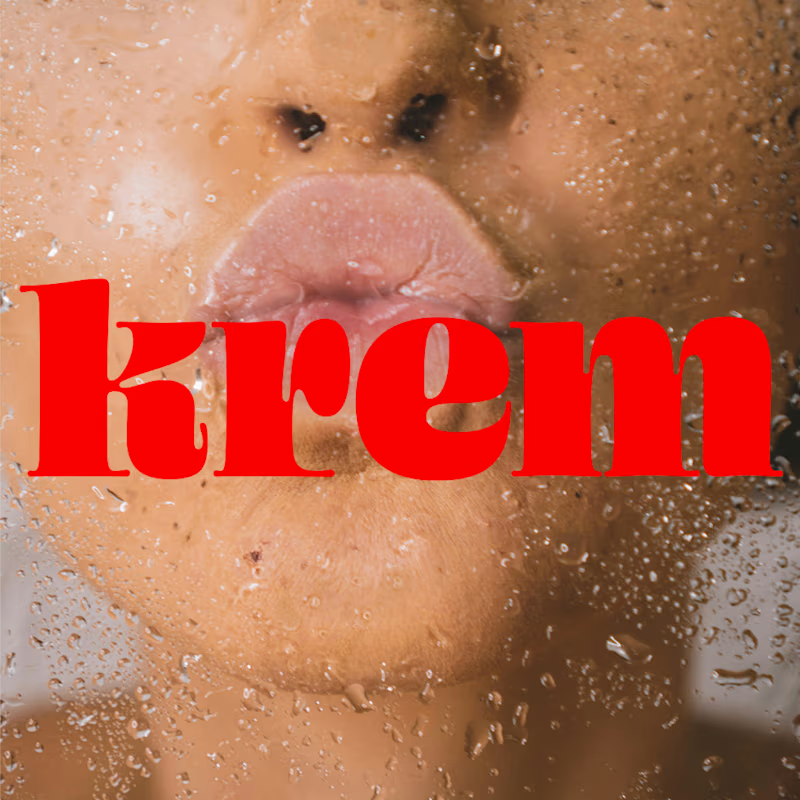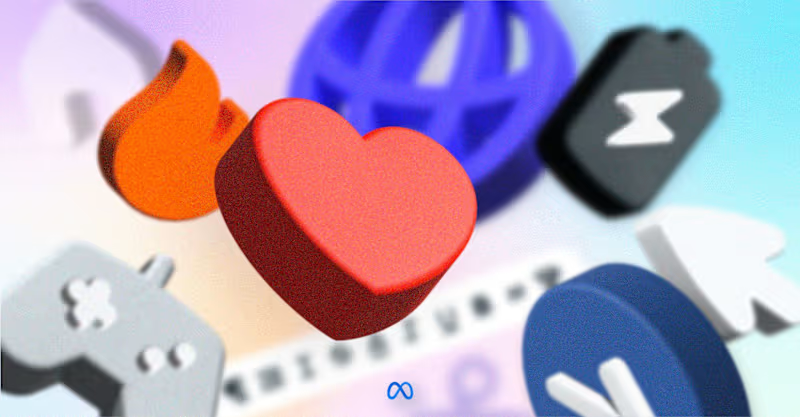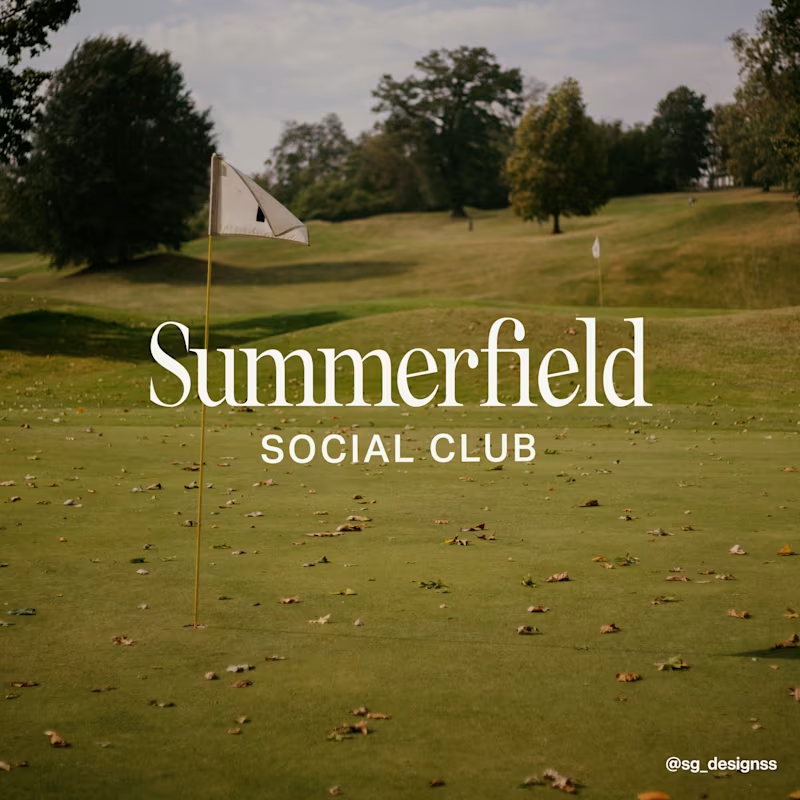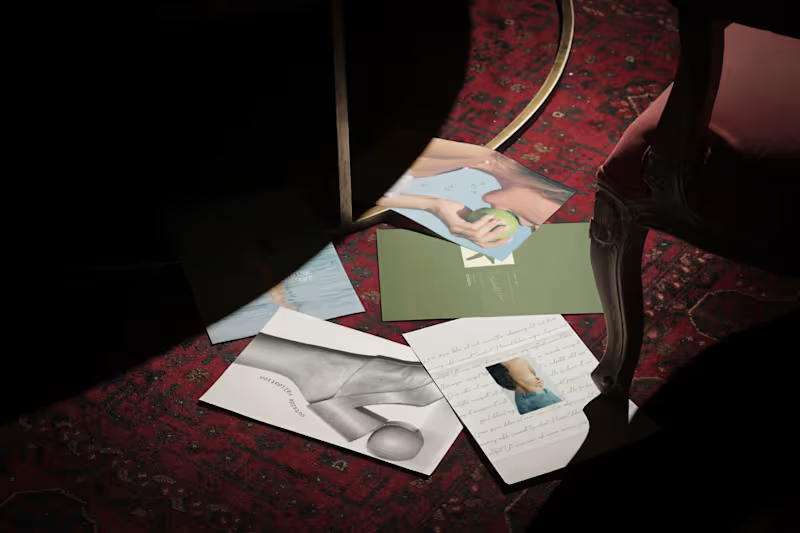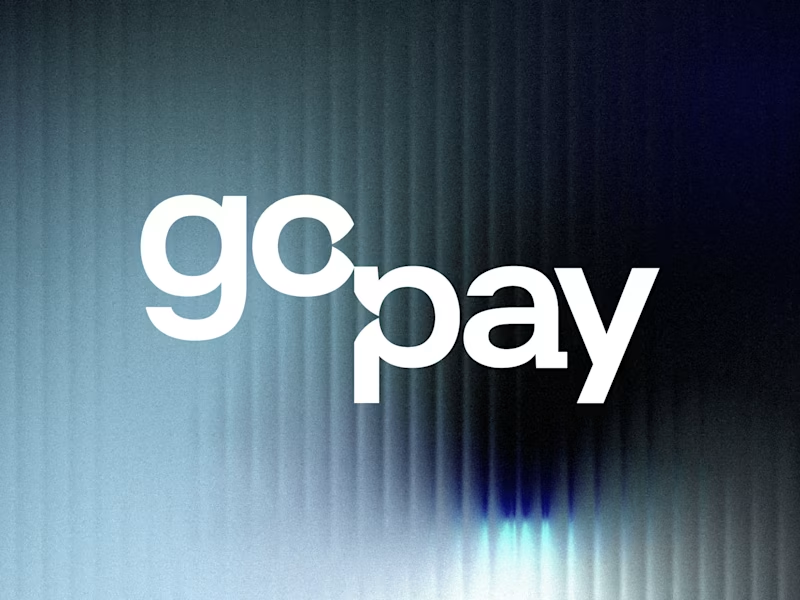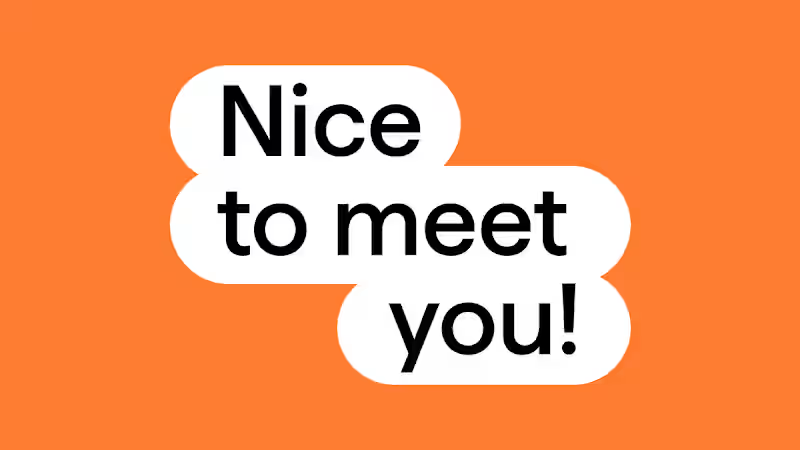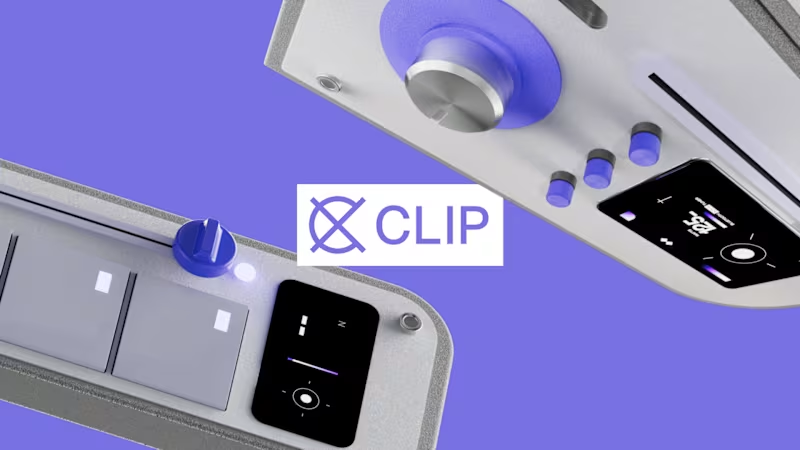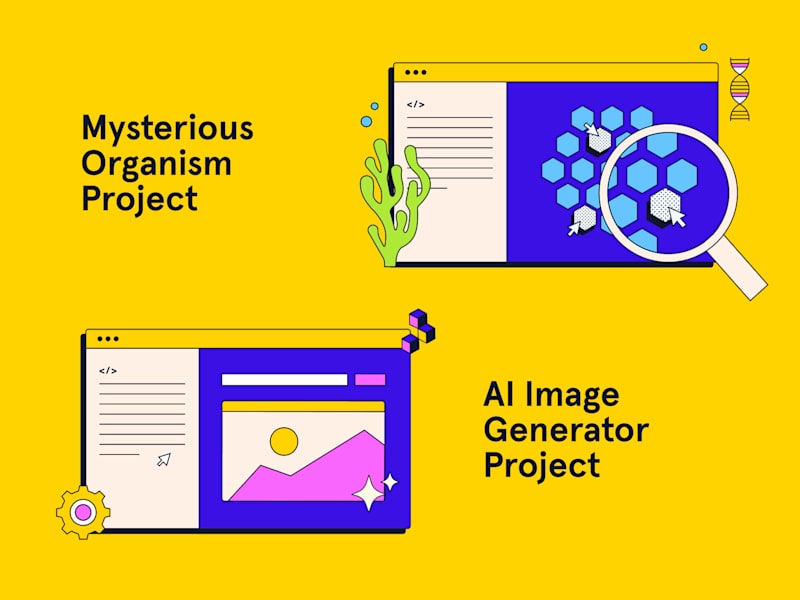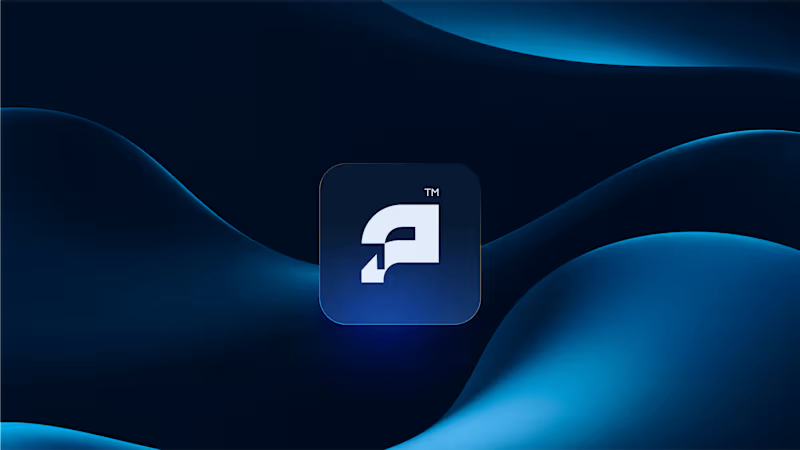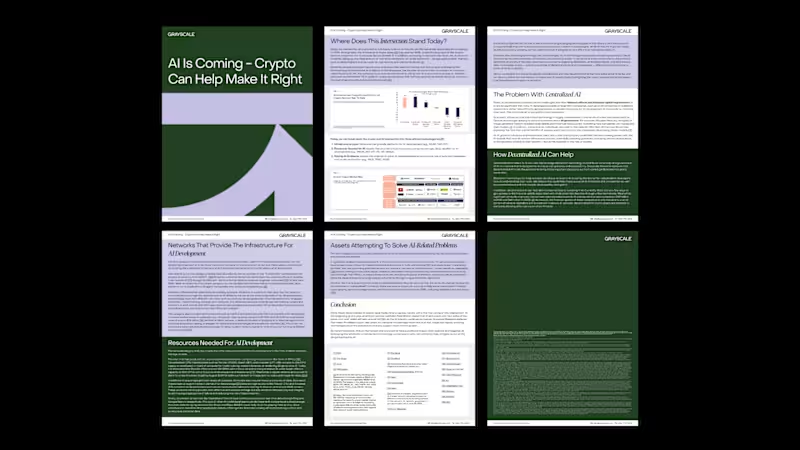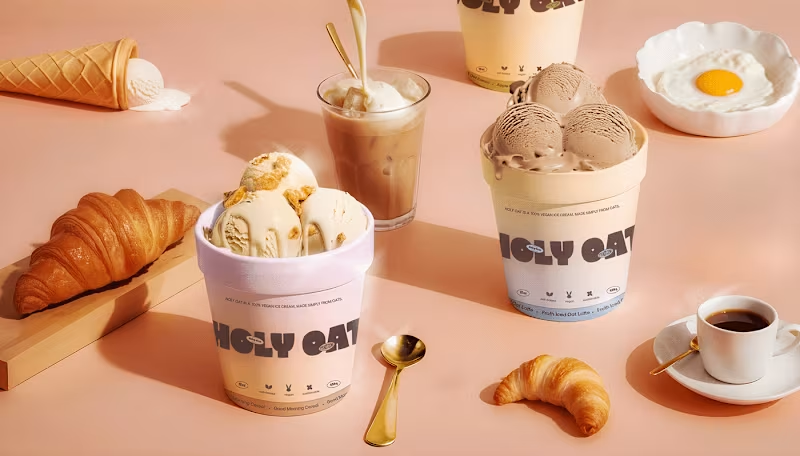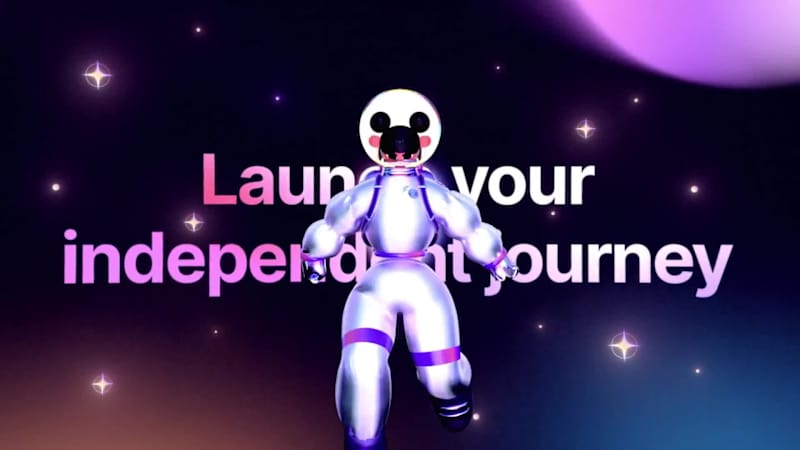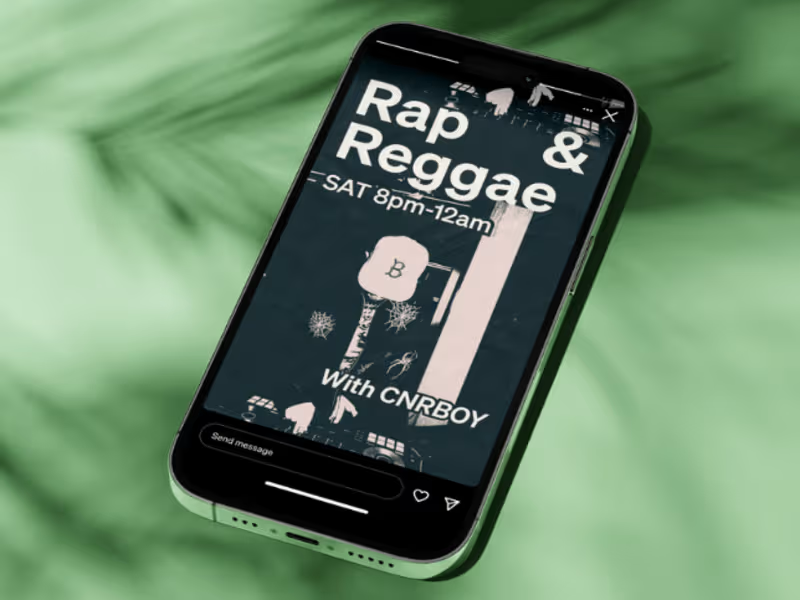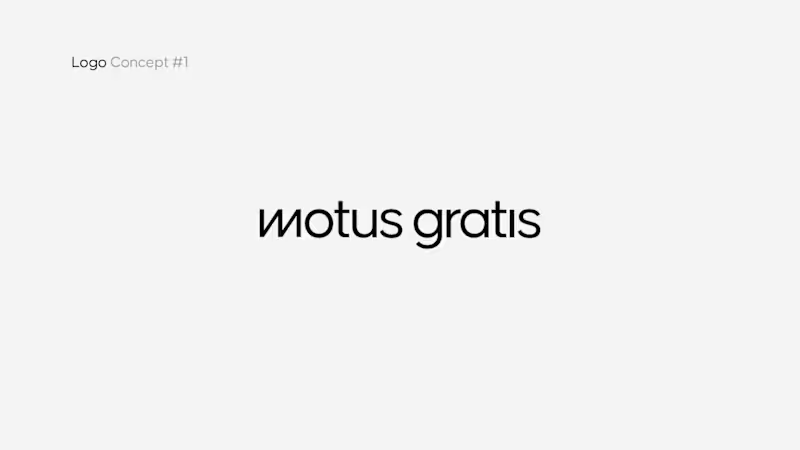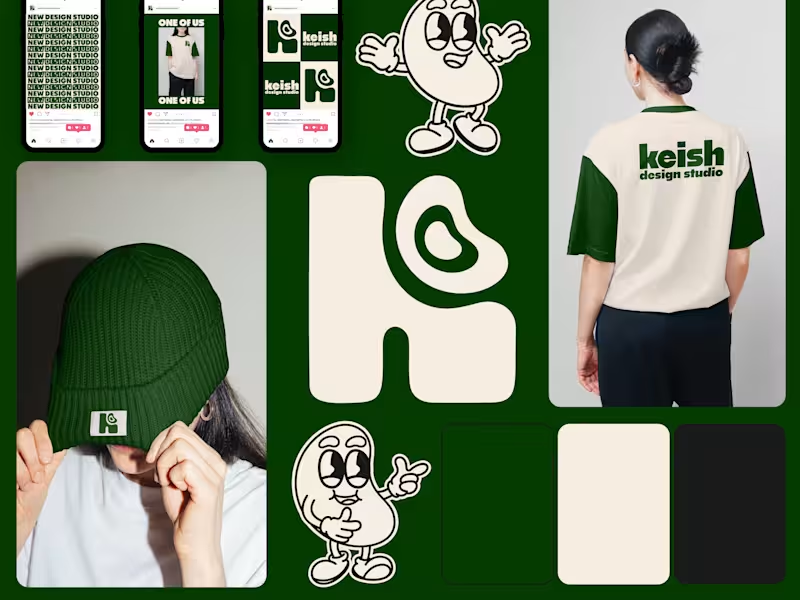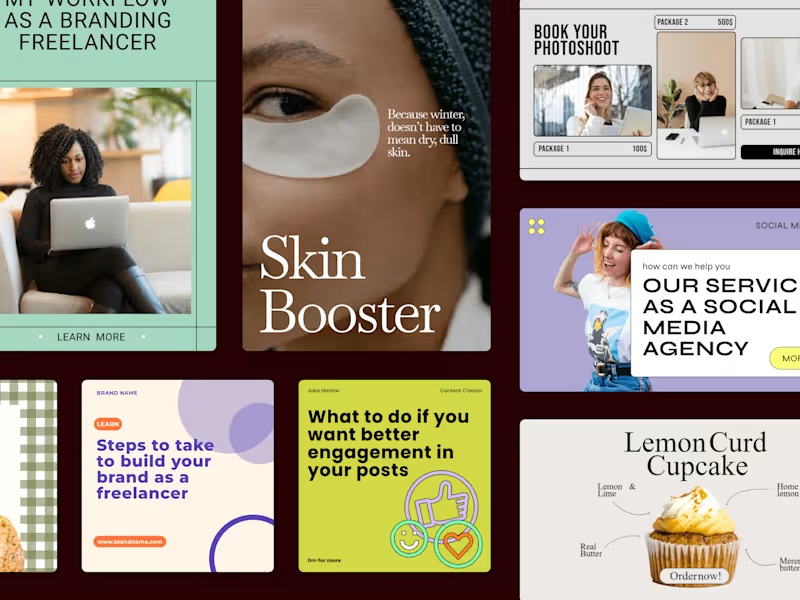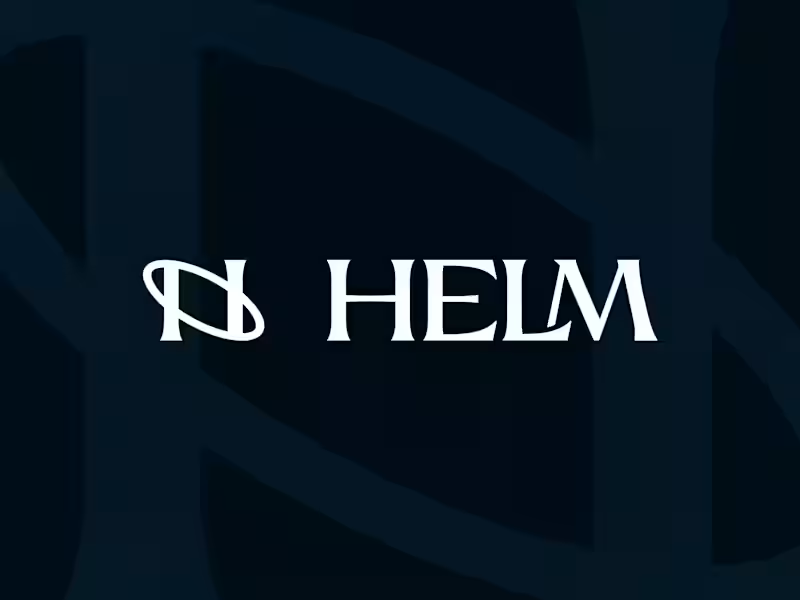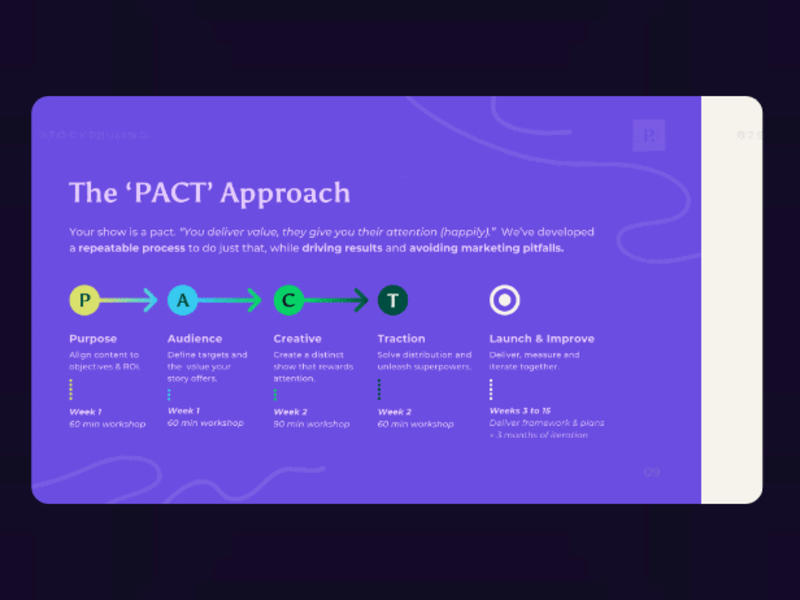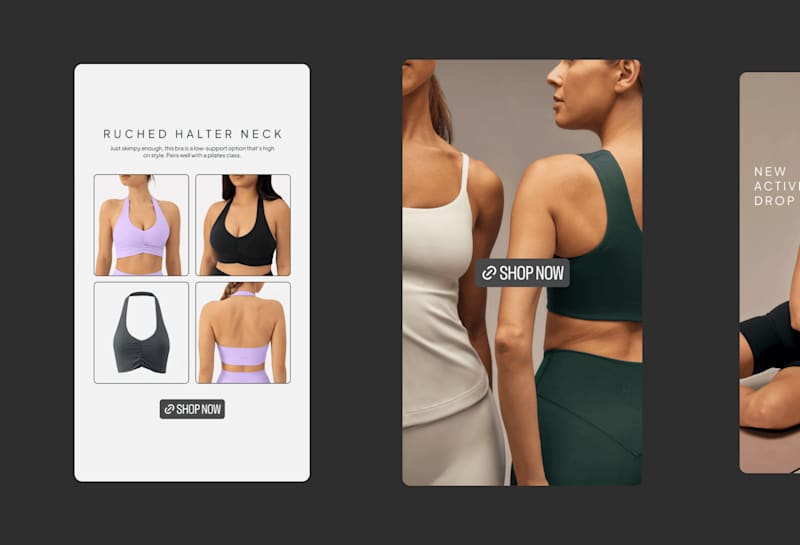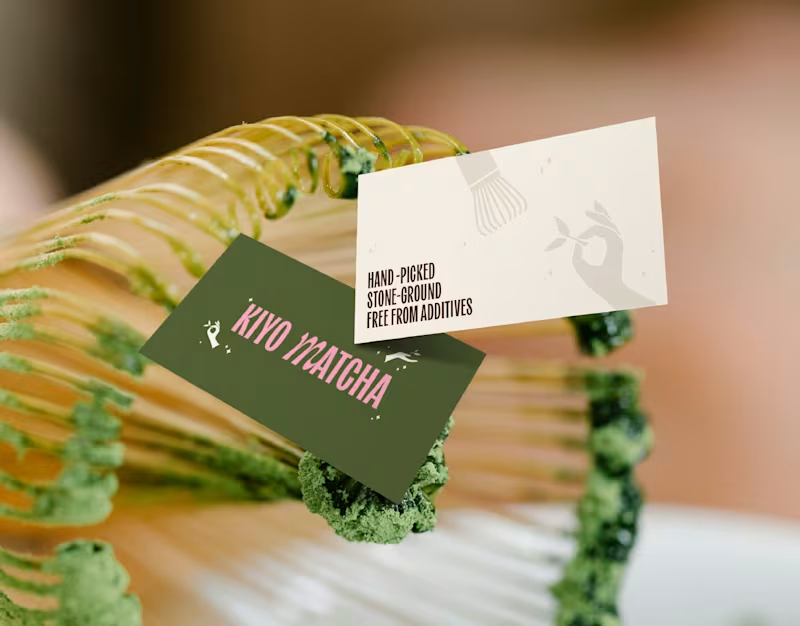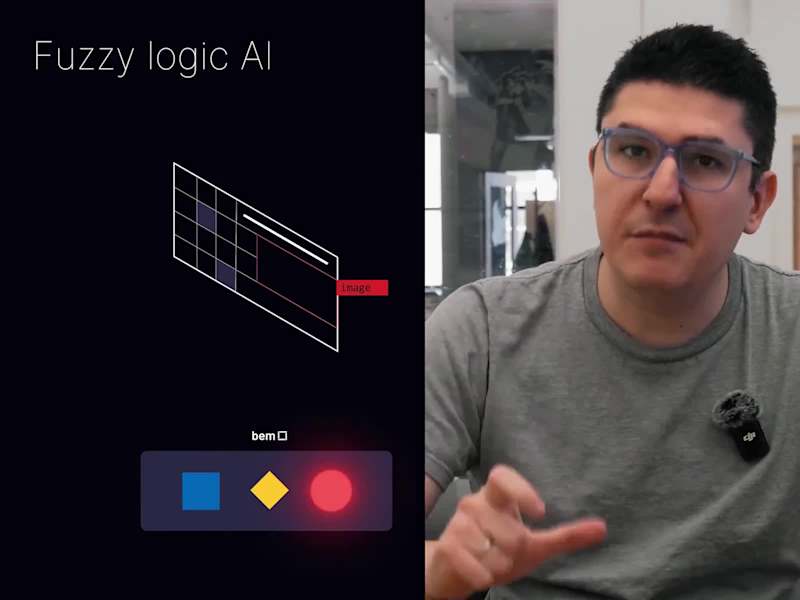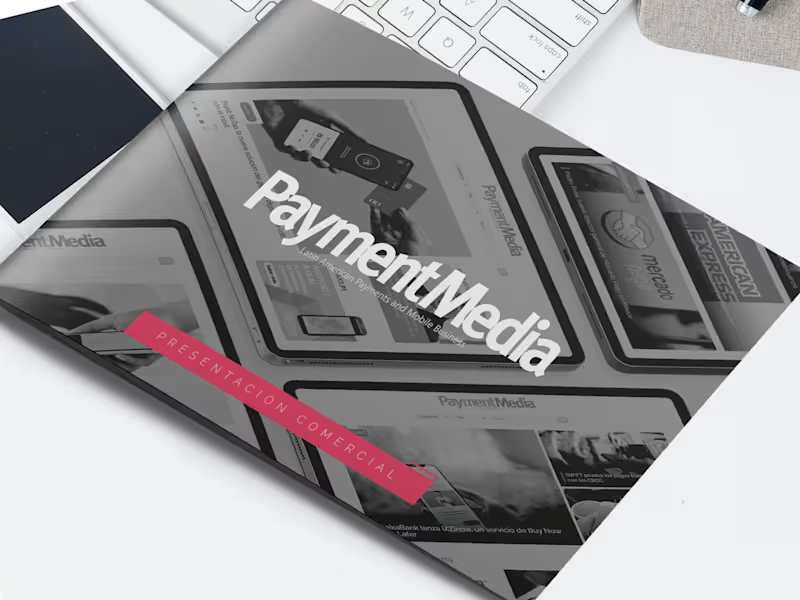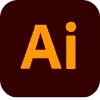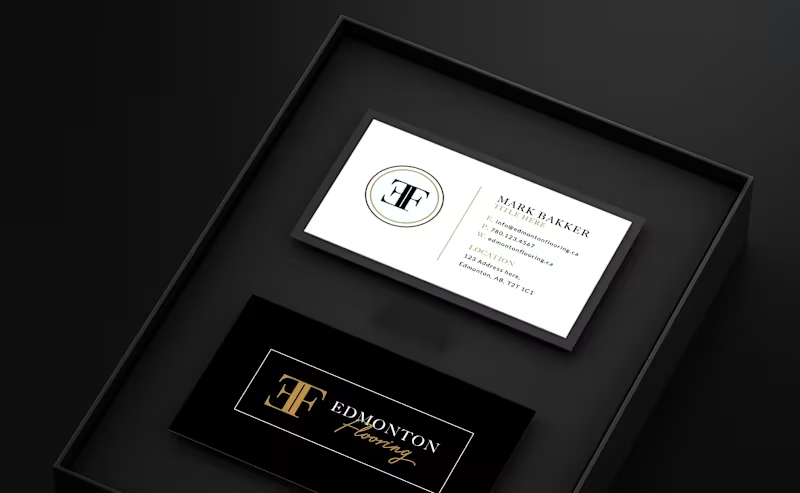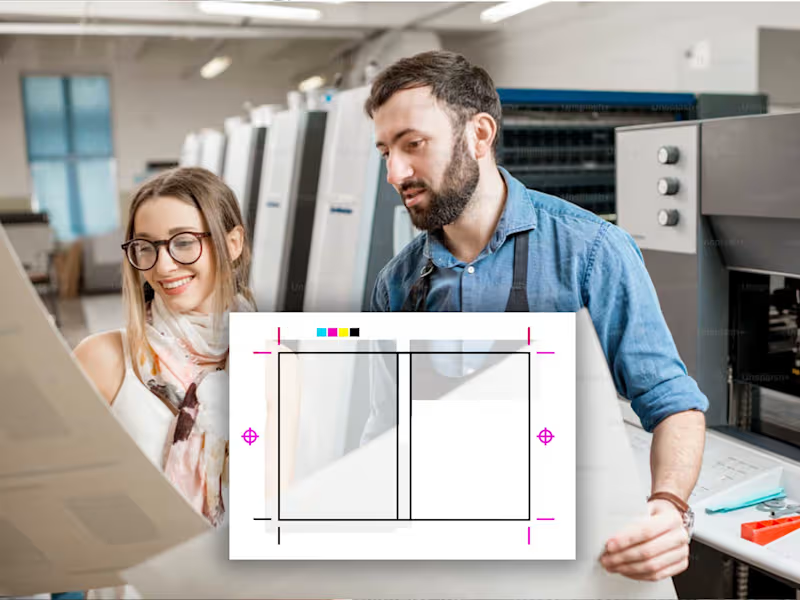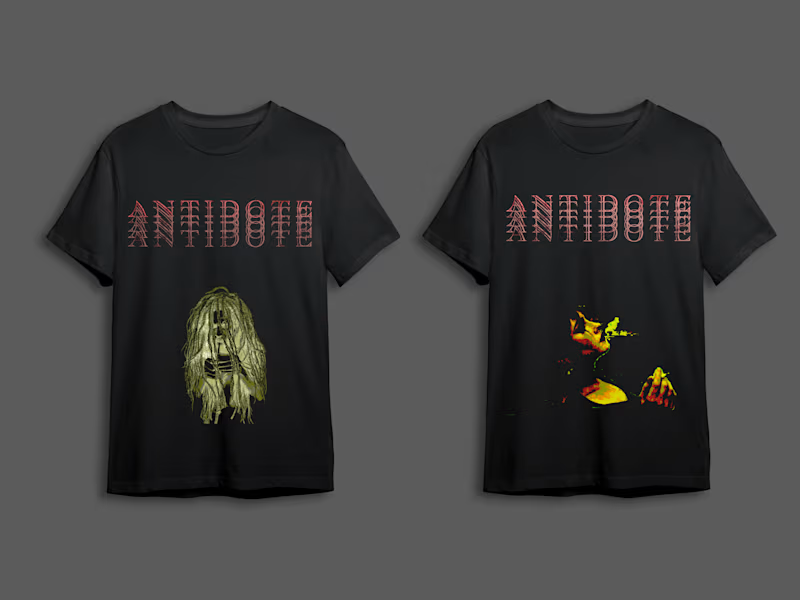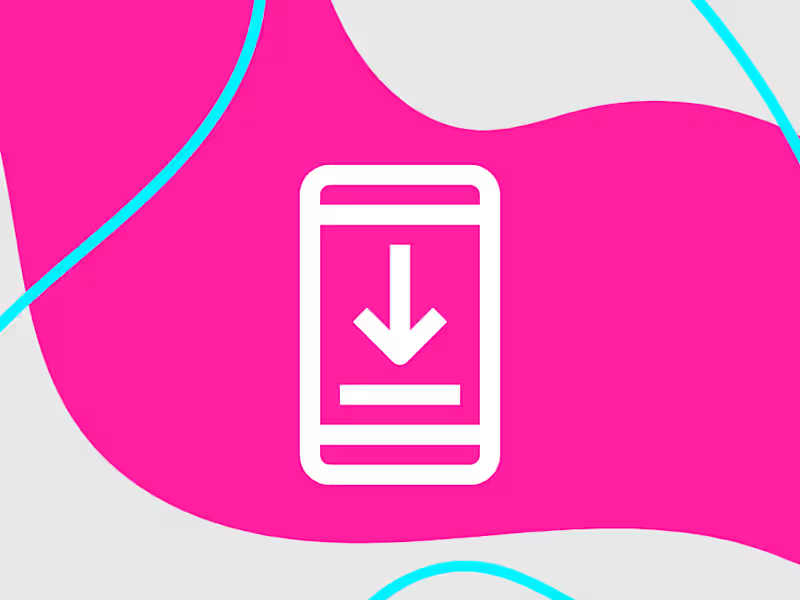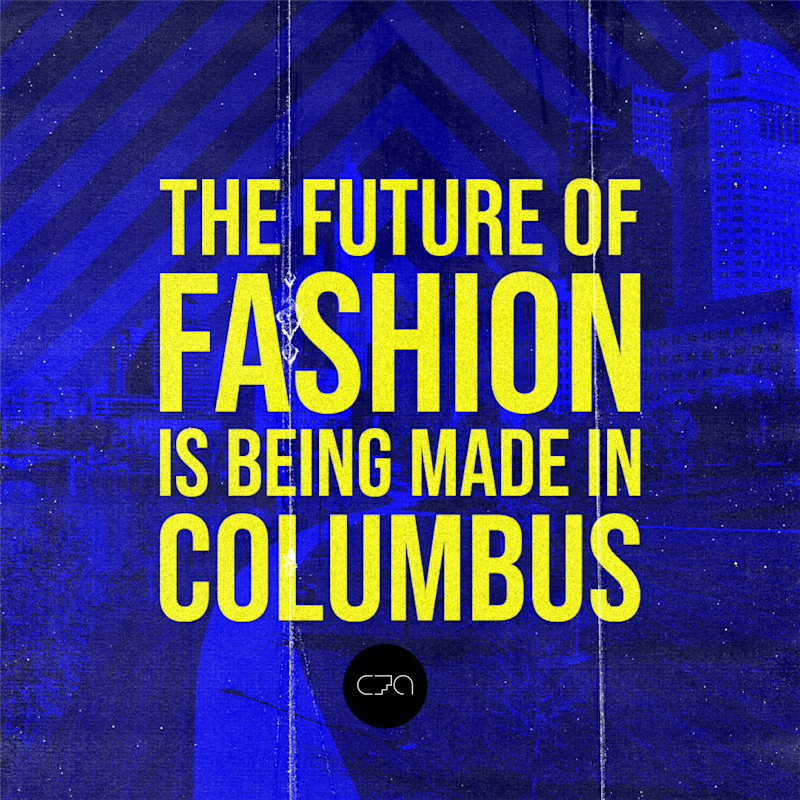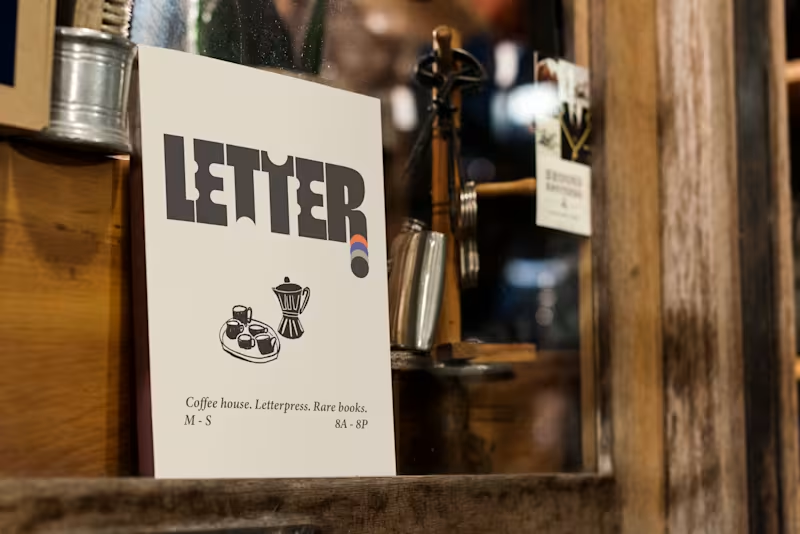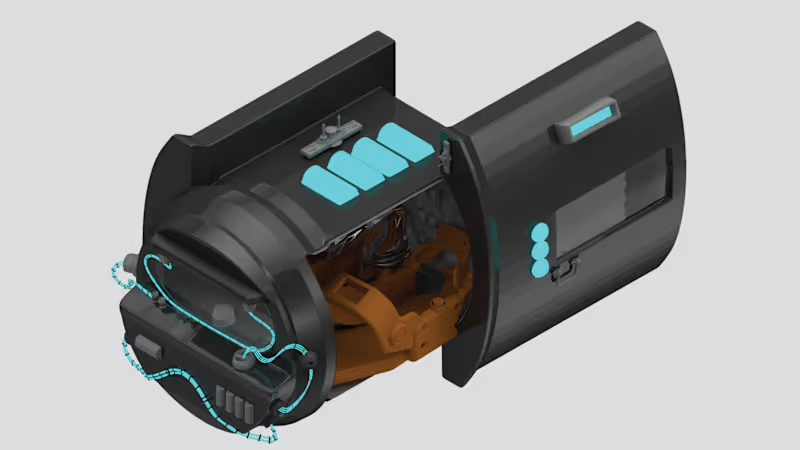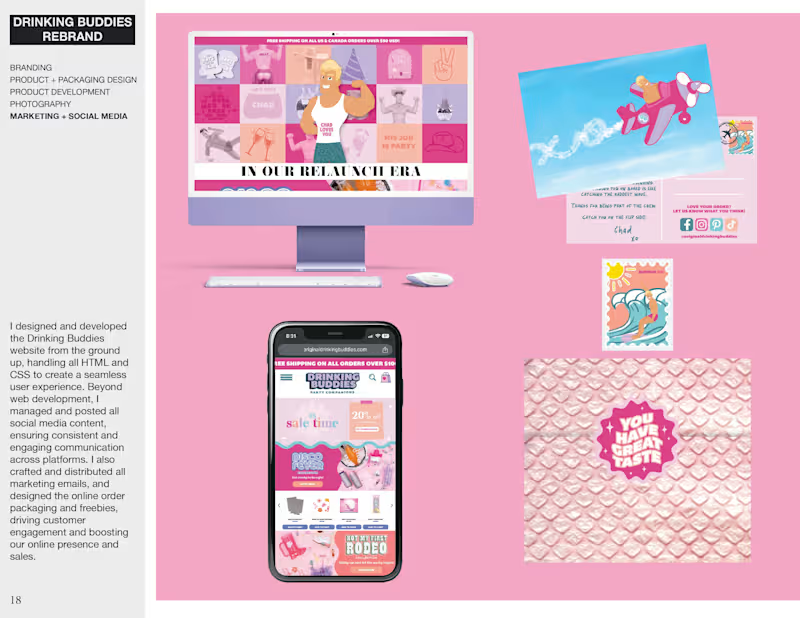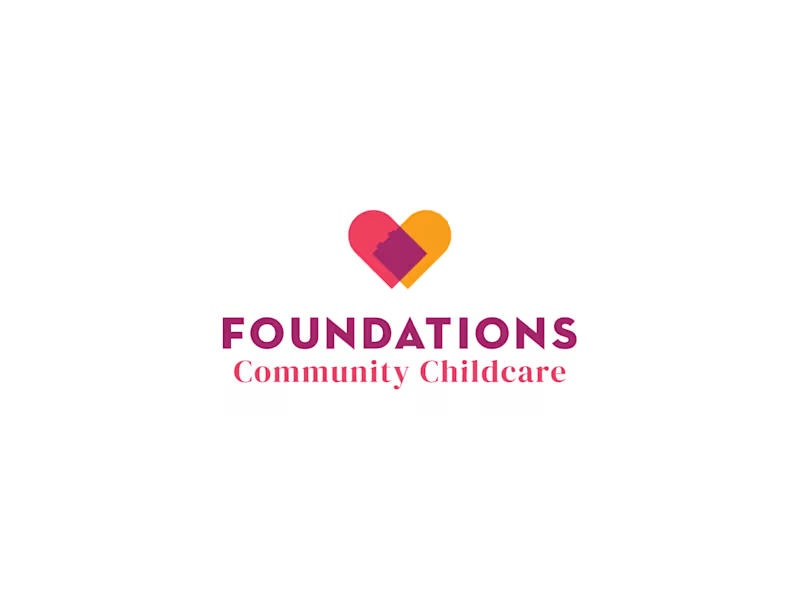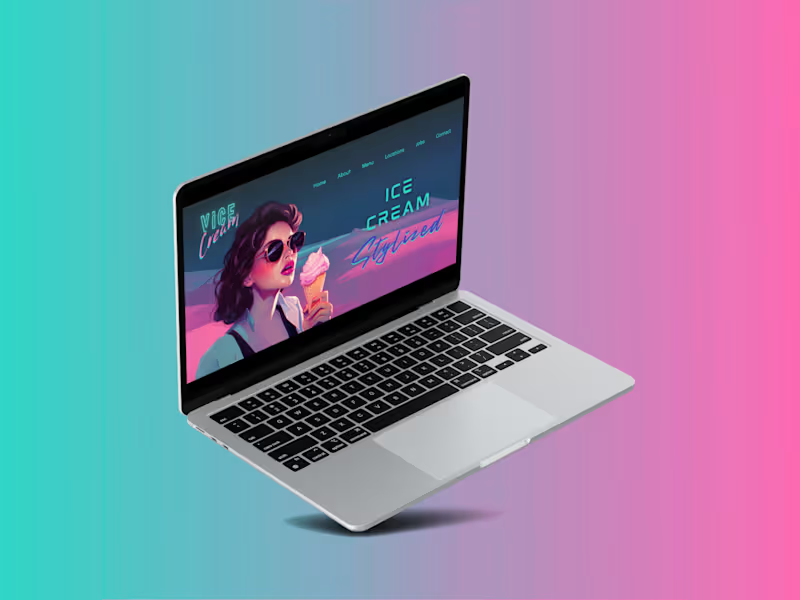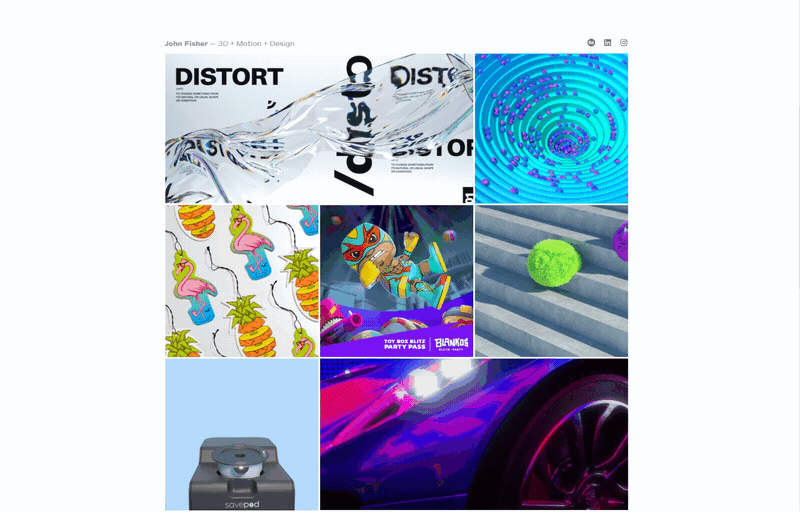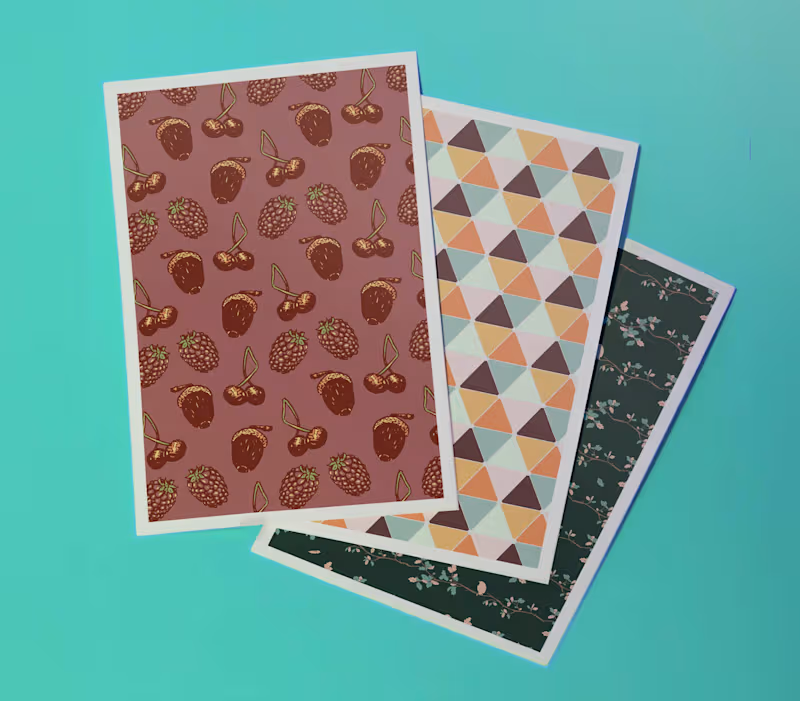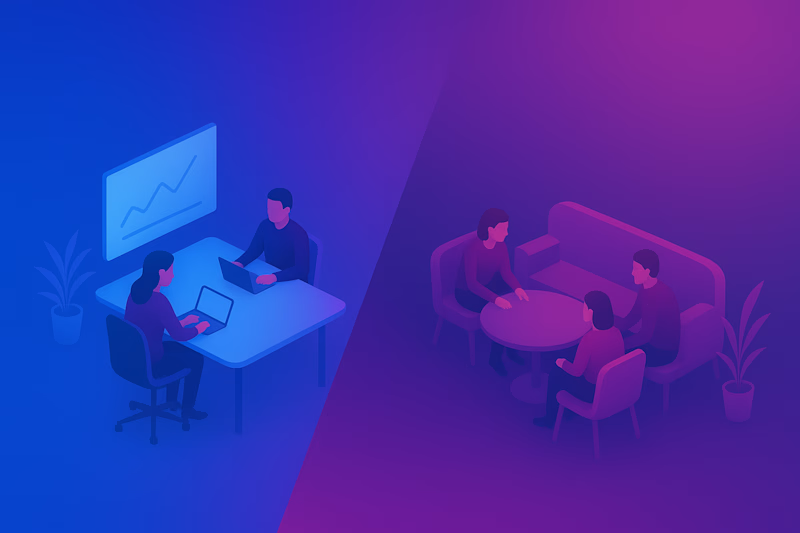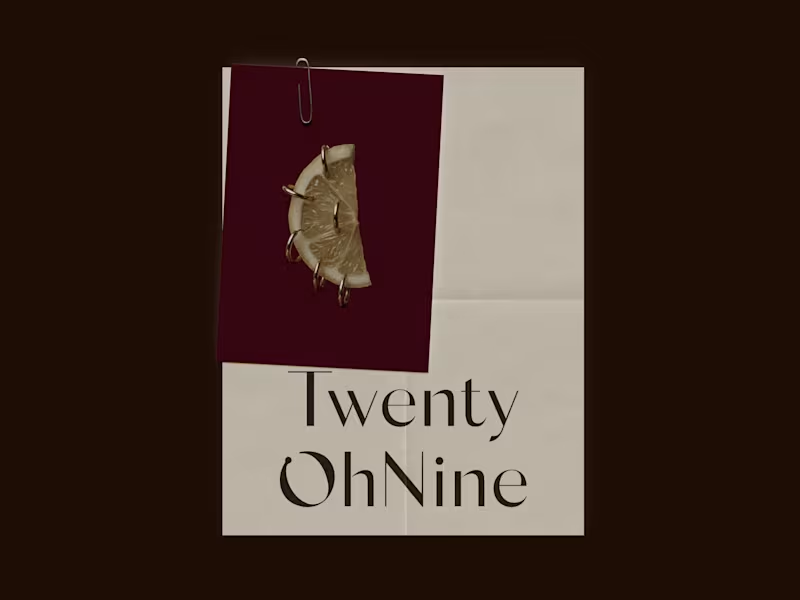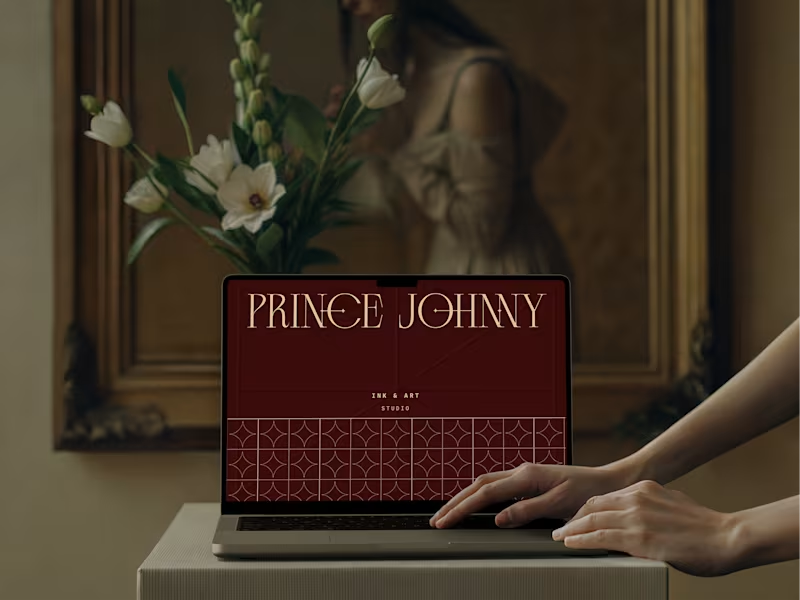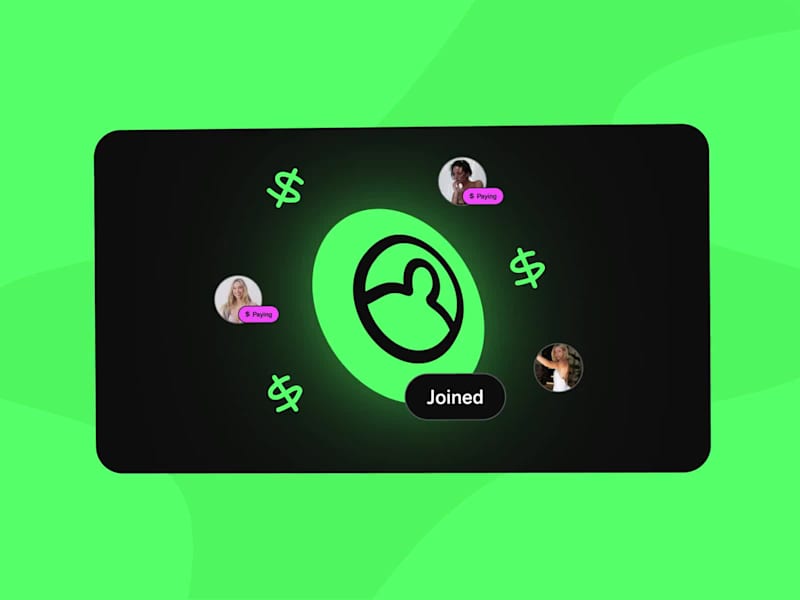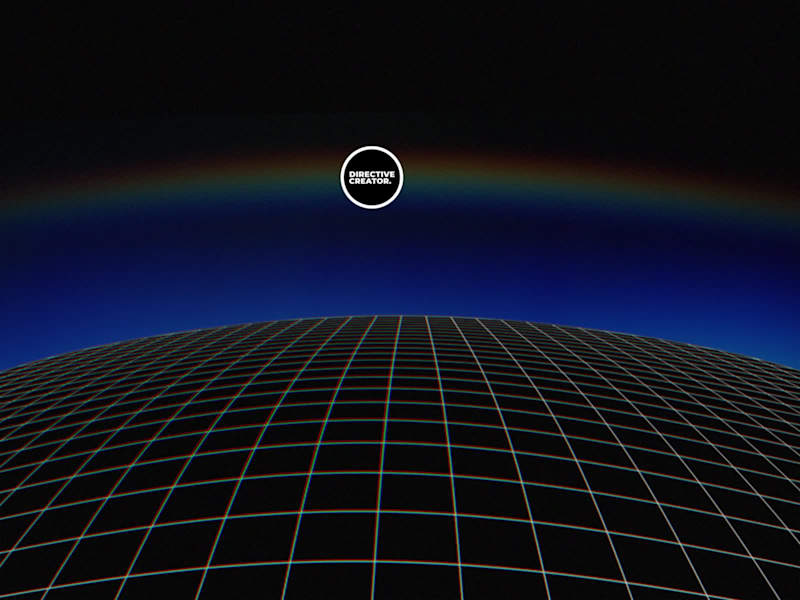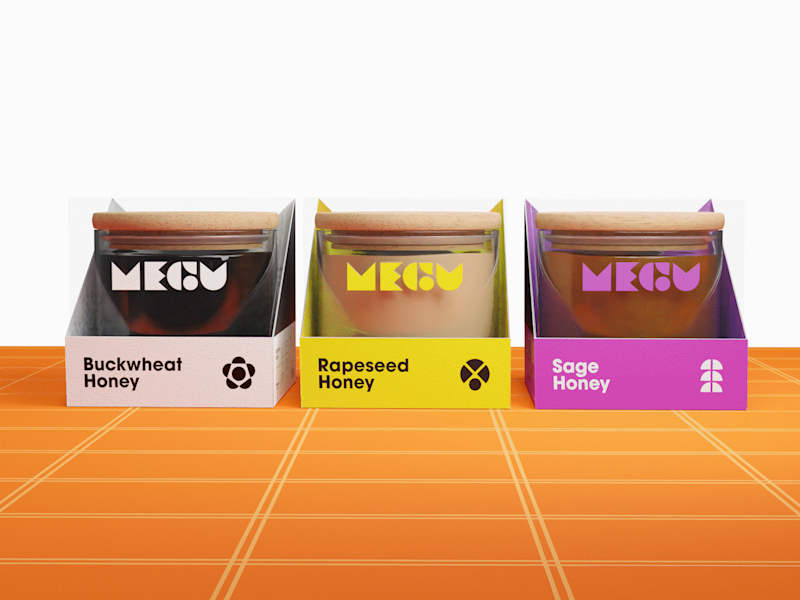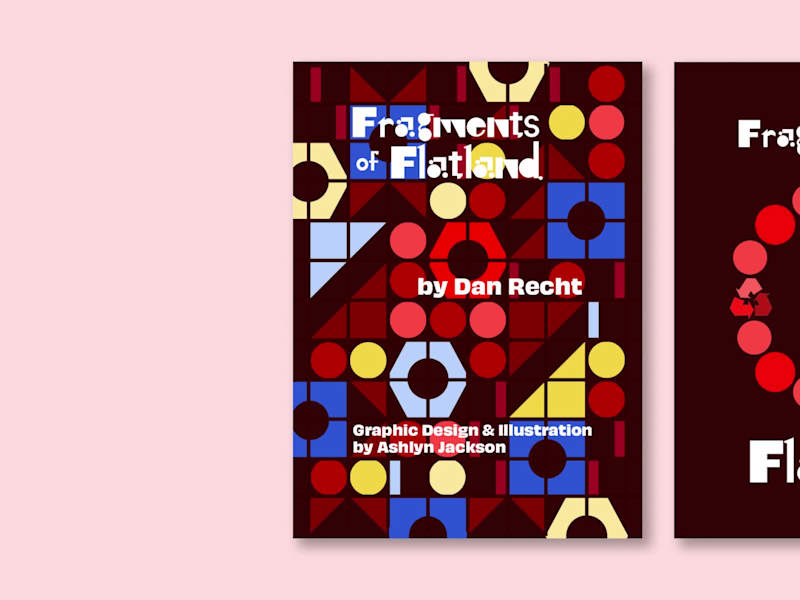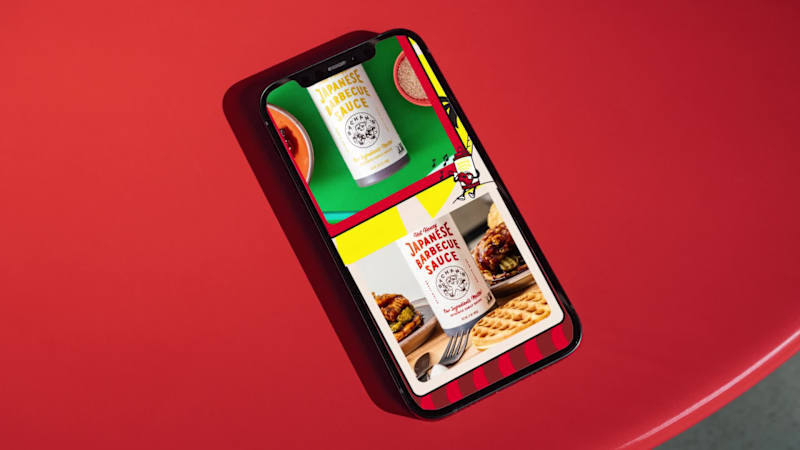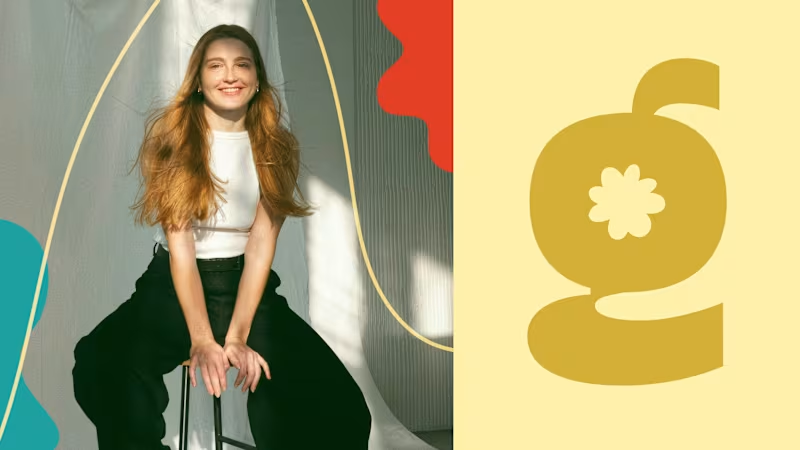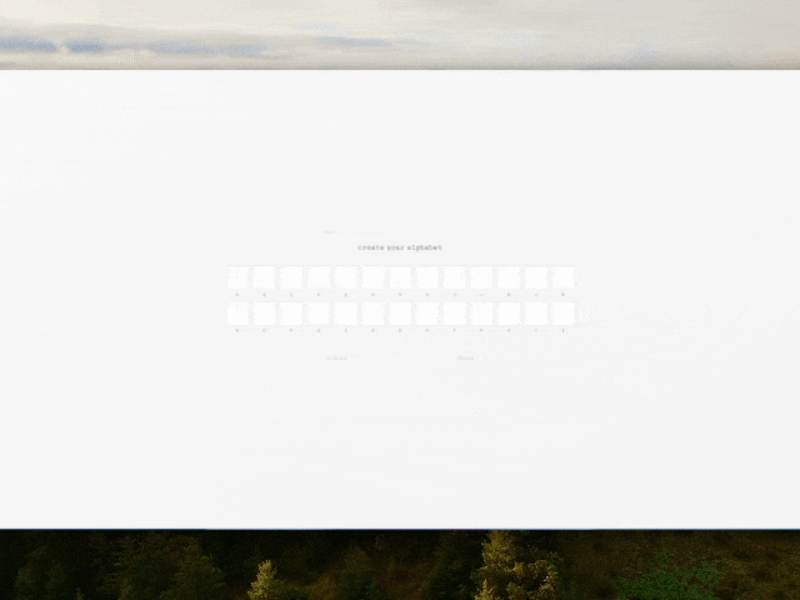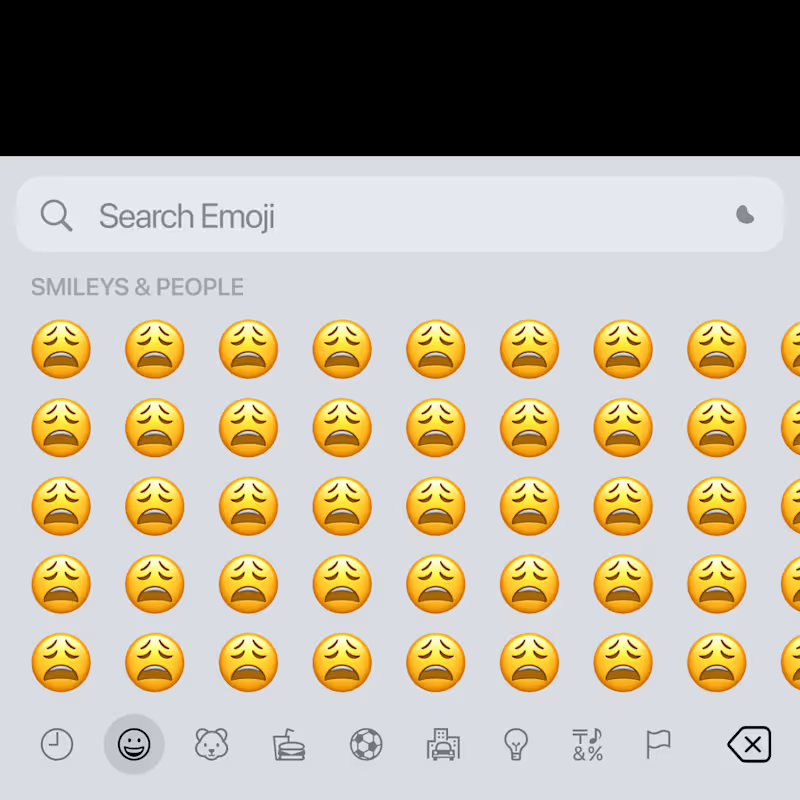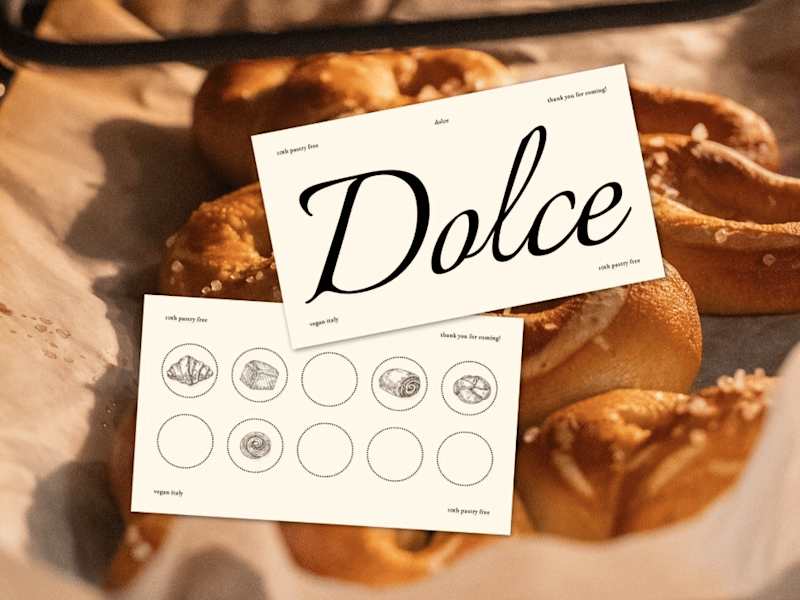How do I describe the project's vision clearly?
Start by explaining what your project is about and what you want to achieve. Share some examples of designs you like and explain why you like them. Make sure the graphic designer knows what kind of style you are aiming for.
What should be included in the project's scope?
Decide on the number of designs or elements you need. Talk about where the designs will be used, like on websites or posters. Be clear about deadlines and any specific details the designer needs to follow.
How can I check the graphic designer's skills?
Look at the designer's past work to see if it matches your style. Check if they have experience with projects like yours. Ask for feedback from other clients they have worked with if you can.
What is the best way to work together effectively?
Agree on how often and the best ways to communicate, like through emails or calls. Make sure the designer knows who else is involved in the project. Set times to check in and talk about progress.
How do I ensure the graphic designer meets deadlines?
Ask the designer if they can meet your timeline before starting. Break the project into smaller parts with mini-deadlines. Stay in touch with the designer to keep everything on track.
What should I do if I need changes to the designs?
Let the graphic designer know about any changes as soon as you can. Be clear about what needs to be different and why. Decide together on how many rounds of revisions there will be.
How are design files delivered safely?
Agree on how the files will be sent, like through email or cloud storage. Make sure they send files in the formats you need, such as .jpg or .pdf. Ask for any special instructions to open the files.
How do I finalize and approve the work?
Review the final designs carefully and check if they match the agreed requirements. If everything looks good, let the designer know right away. Discuss any remaining details, like last edits or file formats.
How can I ensure future collaboration with the designer?
Give positive feedback if you are happy with the work. Talk about any new or future projects you might have. Stay in touch to keep the working relationship friendly and open.
Who is Contra for?
Contra is designed for both freelancers (referred to as "independents") and clients. Freelancers can showcase their work, connect with clients, and manage projects commission-free. Clients can discover and hire top freelance talent for their projects.
What is the vision of Contra?
Contra aims to revolutionize the world of work by providing an all-in-one platform that empowers freelancers and clients to connect and collaborate seamlessly, eliminating traditional barriers and commission fees.
